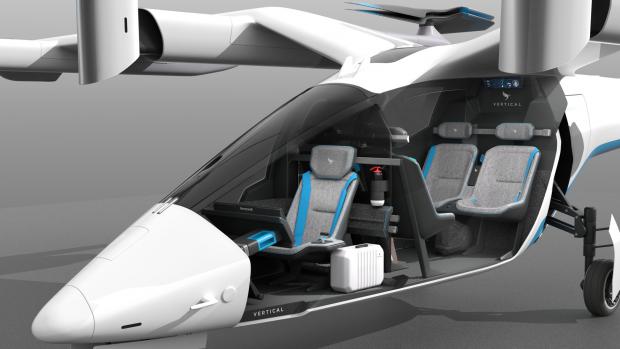
Breaking News
 Backed by Tech Billionaires, Silicon Valley Startup Quietly Weighs Plan...
Backed by Tech Billionaires, Silicon Valley Startup Quietly Weighs Plan...
 Dentistry Lies Things Your Dentist Won't Tell You!
Dentistry Lies Things Your Dentist Won't Tell You!
 Two massive quakes in 48 hours spark 'megaquake week' warnings
Two massive quakes in 48 hours spark 'megaquake week' warnings
 America's Rapidly Growing Happiness Deficit
America's Rapidly Growing Happiness Deficit
Top Tech News
 This tiny dev board is packed with features for ambitious makers
This tiny dev board is packed with features for ambitious makers
 Scientists Discover Gel to Regrow Tooth Enamel
Scientists Discover Gel to Regrow Tooth Enamel
 Vitamin C and Dandelion Root Killing Cancer Cells -- as Former CDC Director Calls for COVID-19...
Vitamin C and Dandelion Root Killing Cancer Cells -- as Former CDC Director Calls for COVID-19...
 Galactic Brain: US firm plans space-based data centers, power grid to challenge China
Galactic Brain: US firm plans space-based data centers, power grid to challenge China
 A microbial cleanup for glyphosate just earned a patent. Here's why that matters
A microbial cleanup for glyphosate just earned a patent. Here's why that matters
 Japan Breaks Internet Speed Record with 5 Million Times Faster Data Transfer
Japan Breaks Internet Speed Record with 5 Million Times Faster Data Transfer
 Advanced Propulsion Resources Part 1 of 2
Advanced Propulsion Resources Part 1 of 2
 PulsarFusion a forward-thinking UK aerospace company, is pushing the boundaries of space travel...
PulsarFusion a forward-thinking UK aerospace company, is pushing the boundaries of space travel...
 Dinky little laser box throws big-screen entertainment from inches away
Dinky little laser box throws big-screen entertainment from inches away
 'World's first' sodium-ion flashlight shines bright even at -40 ºF
'World's first' sodium-ion flashlight shines bright even at -40 ºF
Vertical Aerospace's Tim Williams on the new VA-1X air taxi

The VA-1X uses four tilting rotors on the leading edge of a long wing, with another bank of four rotors behind that stay in a vertical takeoff orientation, but separate and dovetail together to reduce drag once the aircraft gains enough horizontal airspeed to fly efficiently on the wing. The team expects a top cruise speed of around 150 mph (241 km/h), and a range of up to 100 miles (161 km) between charges from its lithium-based battery pack. It's designed to take off and land on a standard sized helipad, but much more quietly.
The company says the VA-1X is "set to be the world first certified winged all-electric Vertical Take-Off and Landing (eVTOL) aircraft," which made us wonder, among other things, how Vertical Aerospace feels it will beat other companies like Lilium and Joby to the punch despite the fact that they're already well into testing of their transitioning eVTOL aircraft designs.
So we arranged a chat with Vertical Aerospace Chief Engineer Tim Williams, who joined the company a few months ago after some ten years as a Chief Engineer at Rolls-Royce, where he was accountable for a wide range of combat, transport and helicopter engines. What follows is an edited transcript.
Loz: Congratulations on your new concept, very nice looking aircraft you've got there!
Tim Williams: Thanks, yeah it is! We've put a lot of work into it, and there's still a long way to go, but it's shaping up to be really good.



